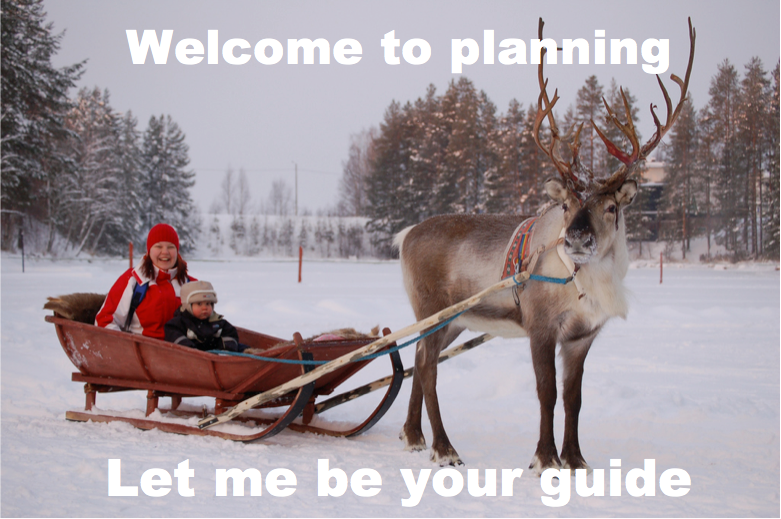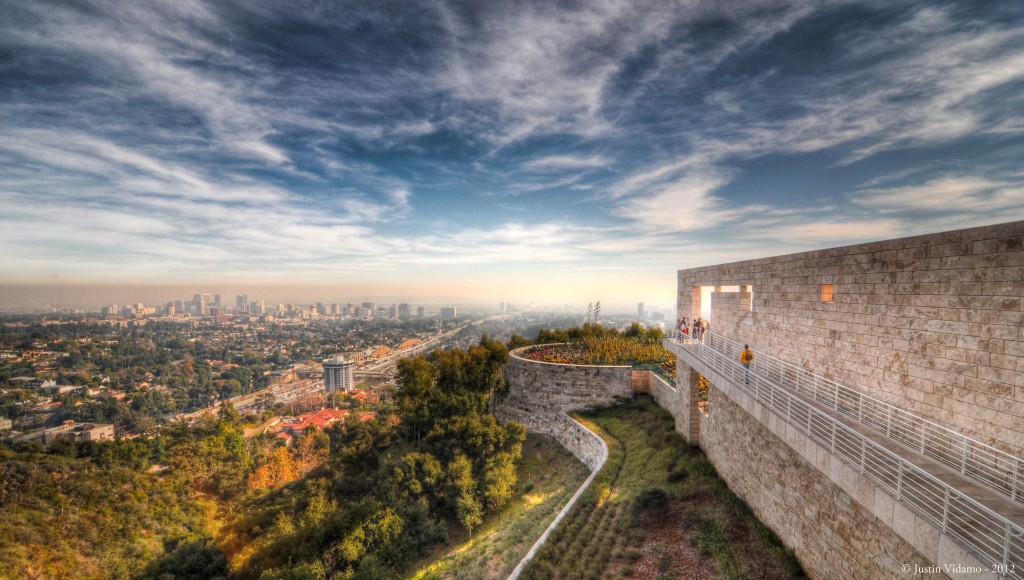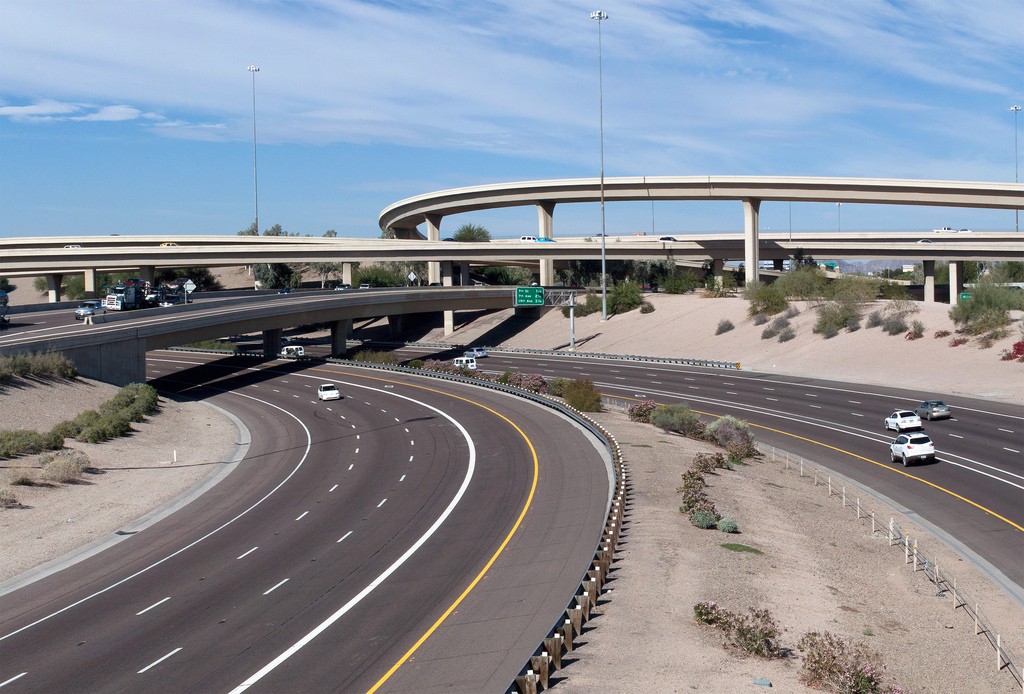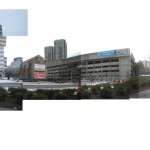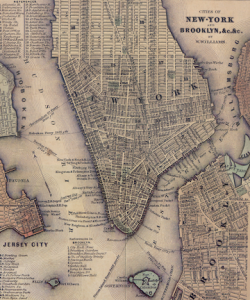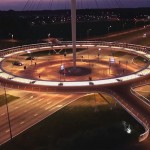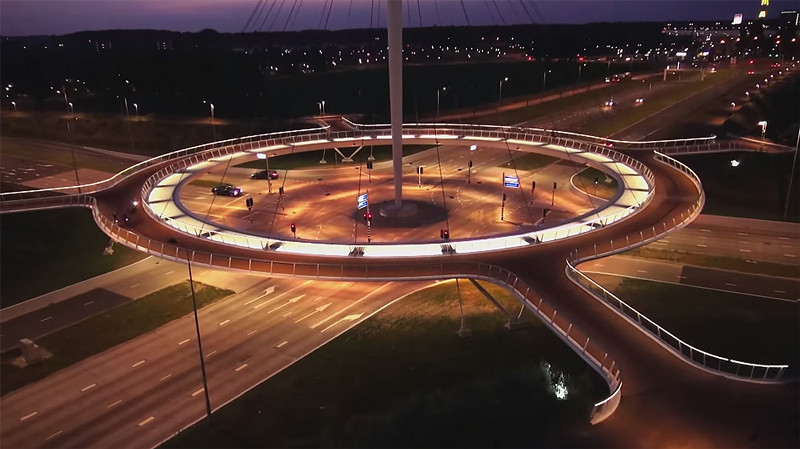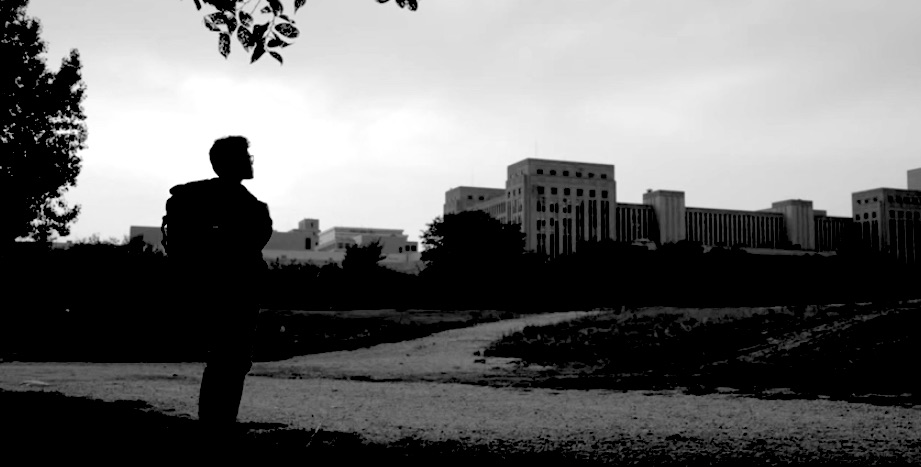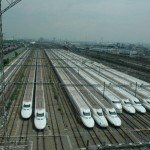
February 14, 2016
by Skye
0 comments
Featured image: Players from Team Canada and the Iroquois Nationals during the final game of the 2015 Federation of International Lacrosse World Indoor Lacrosse Championship. Photo courtesy of Darryl Smart.
Lacrosse. A sport played with sticks and a ball. A sport that many Americans wrongly perceive as belonging to upper-class prep school boys. A sport that spread from Indigenous North America to countries around the world (Kolva 2012). In 2015, lacrosse came home: the Federation of International Lacrosse World Indoor Lacrosse Championship (FIL WILC) took place in New York State. Yet despite the location, the United States did not host the championship. Instead, some of the original players of the game did. This year’s host was the Iroquois Nationals, a team representing the Haudenosaunee.
The Haudenosaunee are an Indigenous confederacy in New York State and Canada, more commonly referred to by the outsider name “Iroquois.” We have played lacrosse since before European contact. We would play to resolve conflict, to bond with each other, and to honor the Creator (Kolva 2012). When the Iroquois Nationals put in a bid to host the 2015 WILC, they did not expect the championship to choose them as the host (Jemison 2015). The championship was centered at the Onondaga Nation’s reservation because it serves as the capital for the six nations that make up the Haudenosaunee Confederacy. Hosting the WILC served as a great opportunity for the Haudenosaunee to assert our sovereignty and to construct a new community center, and we were able to do so while avoiding the complications often associated with hosting large sporting events because of the unique dynamics of hosting on a Native American reservation. On the other hand, some Onondaga community members and leaders took issue with the exorbitant spending, arguing that spending to improve housing or to improve cultural and language revitalization programs should be a priority (Jemison 2015). The 2015 WILC is a great example of strong, successful Indigenous planning, a topic which the literature too often overlooks.

Members of various Haudenosaunee communities danced and shared the Creation Story at the opening ceremonies. Photo courtesy of Bailee Hopkins.
Continue Reading →

